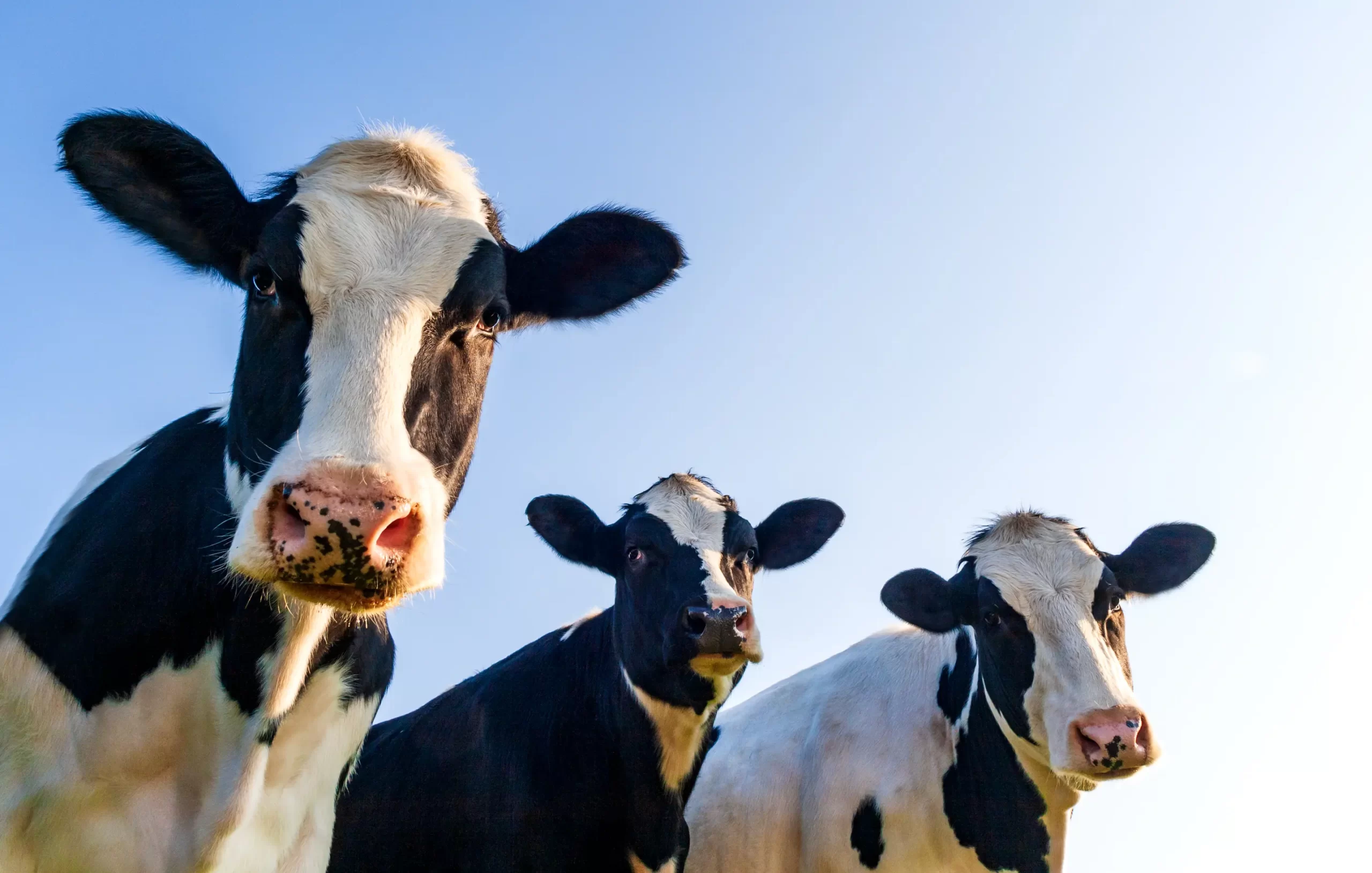Transgenic cows boost human insulin production by 10X

A genetically modified cow has produced milk containing human insulin, according to a new study. The proof-of-concept achievement could be scaled up to, eventually, produce enough insulin to ensure availability and reduced cost for all diabetics requiring the life-maintaining drug.
Unable to rely on their own supply due to damaged pancreatic cells, type 1 diabetics need injectable insulin to live. As do some type 2 diabetics. The World Health Organization estimates that of those who require insulin, between 150 and 200 million people worldwide, only about half are being treated with it. Access to insulin remains inadequate in many low- and middle-income countries – and some high-income countries – and its cost and unavailability have been well-documented.
In a newly published study led by the Department of Animal Sciences in the College of Agricultural, Consumer and Environmental Sciences at the University of Illinois Urbana-Champaign and the Universidade de São Paulo, researchers say they may have developed a way of eliminating insulin scarcity and reducing its cost using cows. Yep, cows.
“Mother Nature designed the mammary gland as a factory to make protein really, really efficiently,” said Matt Wheeler, corresponding author of the study. “We can take advantage of that system to produce a protein that can help hundreds of millions of people worldwide.”

In the body, insulin starts life as its protein precursor, proinsulin, before it’s converted to its active form. The injectable insulin diabetics use today is produced by inserting a lab-built form of the human insulin gene into bacterial DNA. Placed into large fermentation tanks, the bacteria use the gene to produce human insulin, which is harvested and purified for use as a medicine.
Wheeler said that if a cow produced one gram of insulin per liter of milk and a typical Holstein cow – which produces more milk than any other breed of dairy cow – made 40 to 50 liters a day, that adds up to a lot of insulin. This is especially true considering that one international unit (IU) of insulin is the biological equivalent of 0.0347 mg of pure crystalline insulin.
“That means each gram is equivalent to 28,818 units of insulin,” Wheeler said. “And that’s just one liter; Holsteins can produce 50 liters a day. You can do the math.”
Let me put that into a real-world context. As a type 1 diabetic, I take, on average, eight to ten units of fast-acting insulin with lunch. Using the upper dose of ten units, based on Wheeler’s calculations, a liter of transgenic cow milk would provide me with enough insulin to cover 2,881 lunches – very nearly eight years’ worth. Sure, lunch is just one meal in a day, but still, that’s a lot of insulin.
In a way, we’ve come full circle. In January 1922, during a clinical test at the University of Toronto, 14-year-old Leonard Thompson received an injection of beef (bovine) insulin extracted from the animal’s pancreas, marking the first time that insulin was used to treat diabetes in a human. It wasn’t until 1998 that the manufacture of bovine insulin was discontinued in the US (pig, or porcine, insulin was discontinued in 2006).
The researchers plan to re-clone the cow and are optimistic they’ll be more successful with full lactation cycles in the next generation. They eventually hope to create transgenic bulls to mate with cows, creating transgenic calves that could be used to establish a purpose-built, insulin-producing herd.
Wheeler says that even a small herd of human insulin-producing cows could quickly overtake existing insulin manufacturing methods and do so without the need for highly technical facilities or infrastructure.
“With regard to mass-producing insulin in milk, you’d need specialized, high-health-status facilities for the cattle, but it’s nothing too out of the ordinary for our well-established dairy industry,” said Wheeler. “We know what we’re doing with cows.”
An efficient harvesting and purification system would also be required, in addition to FDA approval, before transgenic cows could be supplying the world’s diabetics with insulin. But Wheeler is confident that we won’t have to wait too long.
“I could see a future where a 100-head herd, equivalent to a small Illinois or Wisconsin dairy, could produce all the insulin needed for the country,” Wheeler said. “And a larger herd? You could make the whole world’s supply in a year.”
The study was published in the Biotechnology Journal.
Source: University of Illinois Urbana-Champaign
You start dying when you stop dreaming.
